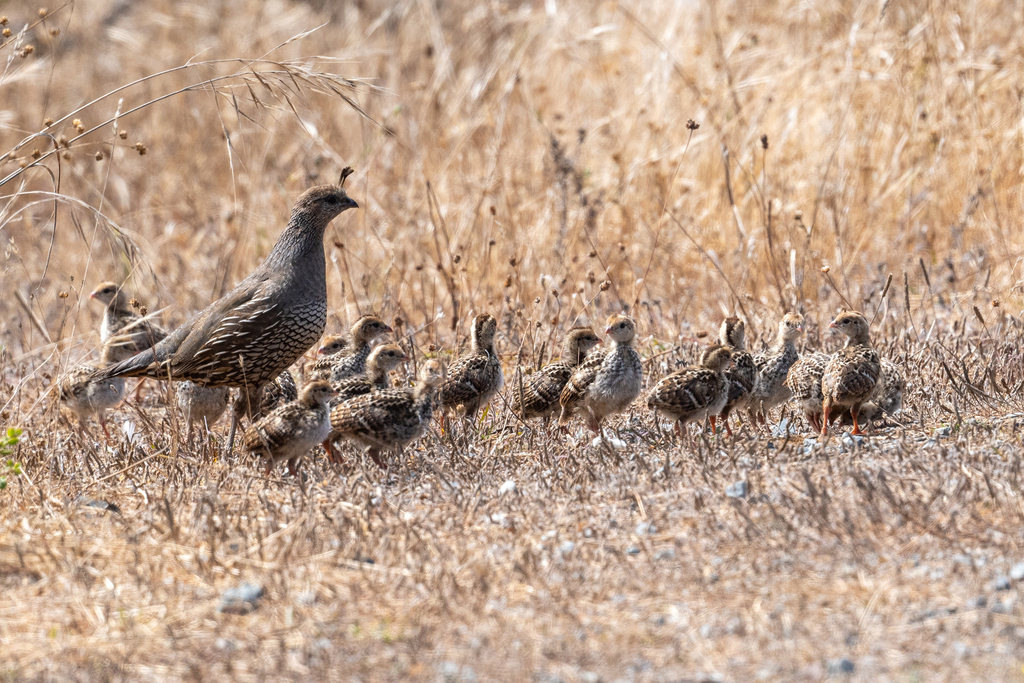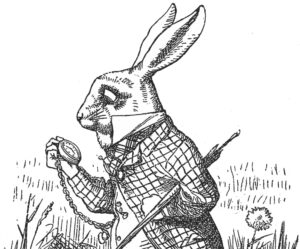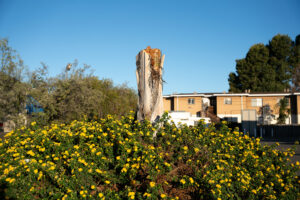The California quail—our state bird, as well as the official bird of San Francisco—is a first-rate influencer. Roads, trails, businesses, and at least one creek and park are all named for it, not to mention a Quail Pale Ale. Yet in much of the Bay Area, good luck actually spotting one. Wild quail have recently disappeared altogether from San Francisco, and populations have plummeted elsewhere. Now, plans are under way to bring back these iconic birds.
The Presidio, a former quail stronghold, looks set to be the testing grounds. In a 2022 feasibility report publicly released this month, the nonprofit San Francisco Estuary Institute modeled a hypothetical quail population to recommend that at least 50 wild-caught quail be reintroduced there over a span of one to three years. To protect against inbreeding, 10 more quail might need to be brought in every five years. But otherwise the scientists determined that quail populations would likely persist at the former military base—unlike before, when they winked out.
What’s changed? For one thing, substantial habitat improvements have added dozens of acres of the birds’ preferred shrub cover. Meanwhile, streets have been reengineered to slow quail-killing traffic, and new green spaces, such as Tunnel Tops park over Highway 101, have improved habitat connectivity to the Presidio’s coastal portions. Lew Stringer, associate director of natural resources at the Presidio Trust, which has taken the lead on quail reintroduction, says quail seemingly “could thrive here because of the restoration, if not for the fact that they can’t get here on their own.”
Perhaps surprisingly, quail may also benefit from the presence of coyotes, which repopulated the Presidio fairly recently and prey on cats, rats, raccoons, and other quail and quail-egg eaters. (In fact, camera traps in the Presidio have recorded them with rats in their mouths.) A 2021 SFEI study that looked at more than 1,000 urban parks in California found quail are far more likely to be present when coyotes live alongside them.
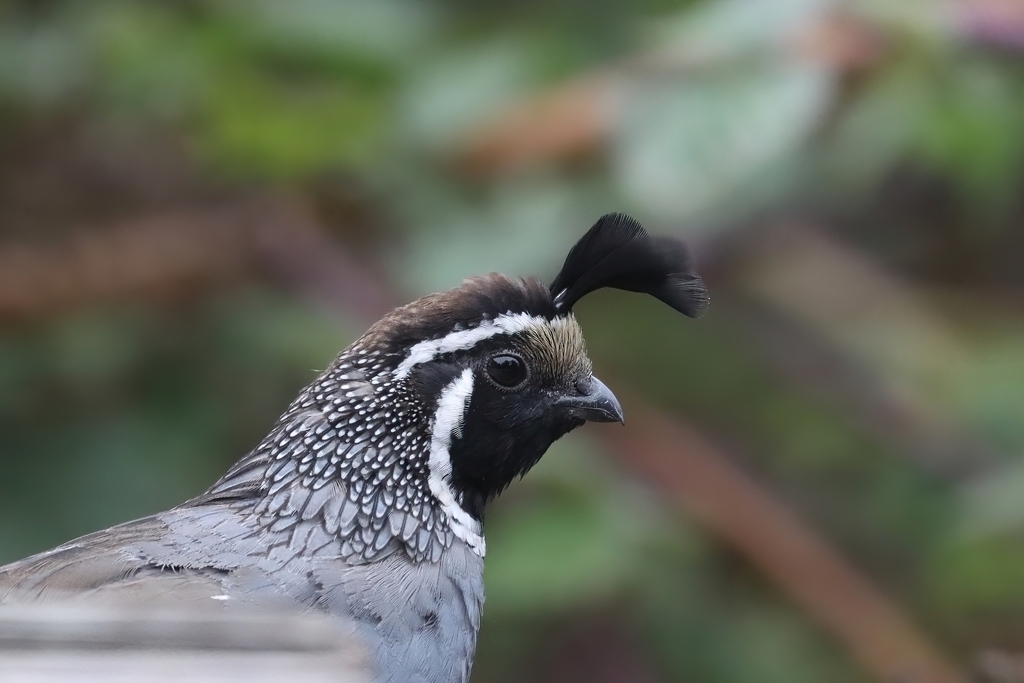
Provided they secure community support and corral the $50,000 to $100,000 it’ll cost, the Presidio plans on bringing the birds back within the next few years. California quail have been released for hunters in many locations, from South America to New Zealand, but this would be the first urban reintroduction, and the first solely for the quail’s sake. “We’re taking our time on this,” says Presidio wildlife ecologist Phoebe Parker-Shames. “We’re still in the exploratory phase. We want to be really conscious of the risks we’re taking on.”
Should they pull it off, there are pluses to having quail around. These rotund fluffballs with comma-shaped topknots aerate the soil when they scratch for seeds, shoots, berries, and bugs, and they disperse the seeds of native plants. At the same time, their presence would foster an interest in conservation, according to the San Francisco Estuary Institute. “Even people who know nothing about birds I feel get a little jazzed about California quail,” says Kelly Iknayan, an SFEI senior scientist and lead author of the 2021 quail/coyote study.
There is some precedent for success. Since 2015, several animals have been reintroduced into the Presidio, including western pond turtles, Pacific chorus frogs, rough-skinned newts, three-spined sticklebacks, and two butterfly species, and most appear to be flourishing. And though no bird has ever been reintroduced into the Presidio, the western bluebird and wrentit came back on their own as the habitat improved.
Still, quail might be the biggest challenge to date. Dominik Mosur, a San Francisco field ornithologist and animal care specialist at the Randall Museum, points out that reintroduced quail will likely initially die at high rates, as they struggle to find food, water, and shelter, and he questions whether they’ll have enough foraging space and safe breeding areas. “What the Presidio is doing is very much an experiment,” Mosur says, adding that, although he’d love to be proven wrong, he doubts “whether reintroduction would be very effective in the long term without a constant need to bring in more quail.”
“They’re such charismatic birds and they make cool sounds,” Mosur says. “They’re amazing. But I don’t think they can hack it in today’s world, unfortunately.”
They couldn’t hack it
California quail were once abundant around San Francisco, roaming through patches of open woodlands, chaparral, and other scrubby areas. In 1896, a military officer at the Presidio reported seeing “several coveys of beautiful quail,” with a hundred or more birds in each covey. In certain city locations, quail remained common well into the 20th century. “There are a lot of people who remember them,” Parker-Shames says. “These birds are very beloved.”
Gradually, however, quail got rarer and rarer. Records show that they disappeared from Ocean Beach in the 1970s, from Bernal Heights in the 1980s, from Sutro Heights, Lands End, McLaren Park, and Lake Merced in the 1990s, and from the Presidio around 2006. For a time, they held on in Golden Gate Park. But the last SF quail vanished by 2018. Since then, all quail seen in the city—with the possible exception of one observed at Lake Merced in June 2023—are presumed to be released domestic birds.
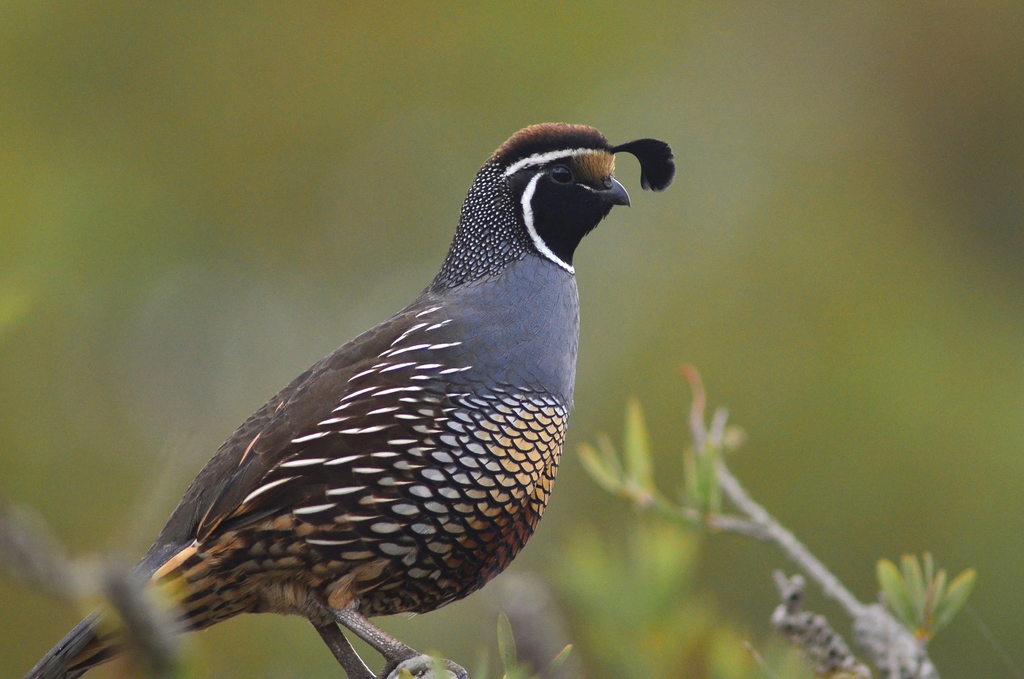
In more rural parts of the Bay Area, such as Point Reyes and Mount Diablo, California quail remain common. Dawn Lemoine, co-compiler of the Oakland Christmas Bird Count, recalls seeing so many chicks on a recent visit to Del Valle Regional Park, near Livermore, that it “looked like the whole ground was moving.” (Quail are prolific breeders, laying up to 16 eggs at a time.) Across their entire range, the population may even be increasing. Yet their distinctive “Chi-ca-go” calls no longer boom out in many urban and suburban portions of the Bay Area that once teemed with them. “Wherever large densities of humans abut open space, you’re not bound to see very many, or any, quail anymore,” Mosur says.
Data from the Christmas Bird Count, an annual Audubon-administered census, show sharp declines across much of the East Bay. In the 1970s, for example, the Oakland CBC reported close to 1,000 quail some years, but now is lucky to reach 100. Most of these appear to reside on or near East Bay Municipal Utility District lands, where human access is restricted. Further south, the Hayward/Fremont CBC reported only 11 quail in 2022, down from 118 as recently as 2007. And in San Mateo County, Mosur says only a few pairs remain in San Bruno Mountain Park and Edgewood Park. (The situation is even more dire in southern California, where quail have all but completely disappeared from the San Diego and Los Angeles metro areas.)
Blame the cats (and raccoons, and roads, and …)
In addition to habitat loss and fragmentation, studies have fingered outdoor cats as a driver of the quail’s decline. In the 1990s, when quail had nearly disappeared from the Presidio, Stringer recalls witnessing “people drive up in fancy cars, unload an enormous amount of [pet] food, and then out of the bushes you’d see up to 30 cats arrive.” (The park has since cracked down on such behavior, and its free-roaming cat population has diminished substantially since coyotes arrived.)
Though less well studied, increasing numbers of raccoons, Cooper’s hawks, and corvids may have also contributed to the quail’s troubles. As have roads. Mosur recalls coming across a quail chick that had been squashed by a motorized cart in the San Francisco Botanical Garden, the species’ last bastion in the city, and he’s seen dead quail on the drive to Point Reyes. (A 2014 study estimated that 89 million to 340 million birds are killed by vehicles each year in the United States alone.) Mosur likewise believes that hikers, mountain bikers, and off-leash dogs can push out quail, whereas inbreeding takes a toll once populations become small and isolated. “I think the big picture here is death by a thousand cuts,” Stringer says.
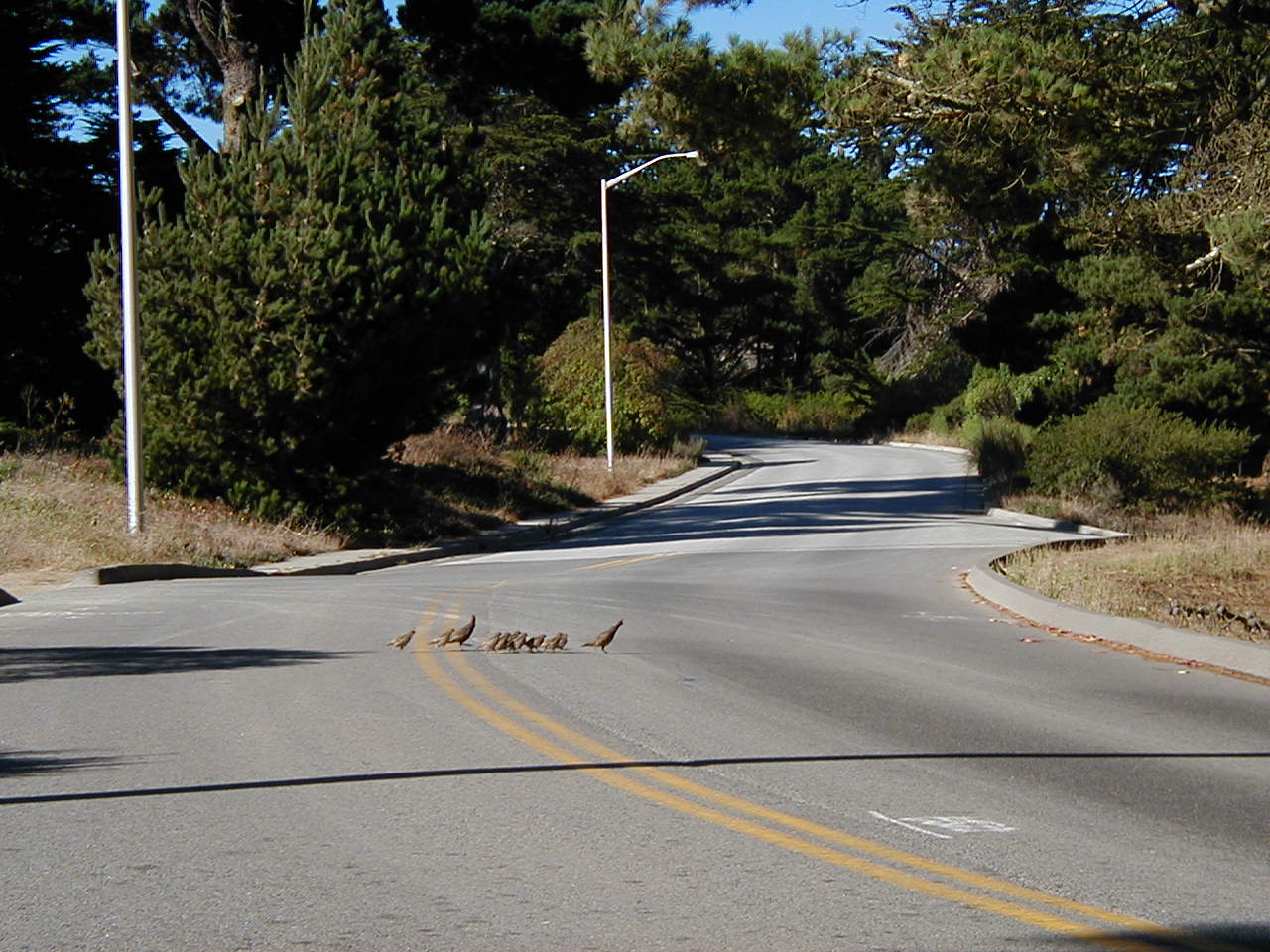
Working as part of the new nature alliance Reimagining San Francisco, Stringer and Parker-Shames hope they can help turn around the quail’s fortunes. In the long term, they envision a citywide quail project, with the birds prospering in various SF parks connected by a network of wildlife corridors. Other municipalities may take note. “There are a lot of other places that want to do what we’re doing,” Parker-Shames says. “We’re going to be learning a lot of lessons and sharing a lot of lessons as we go.”

